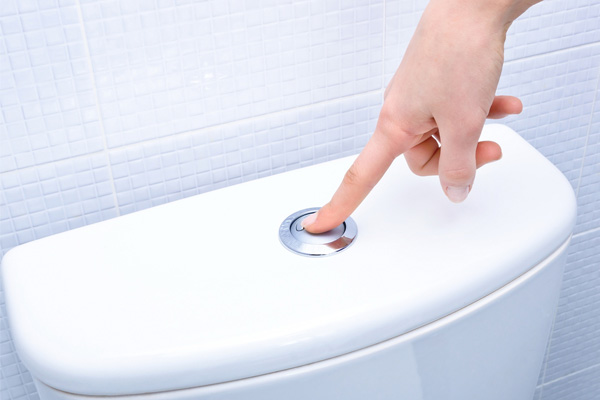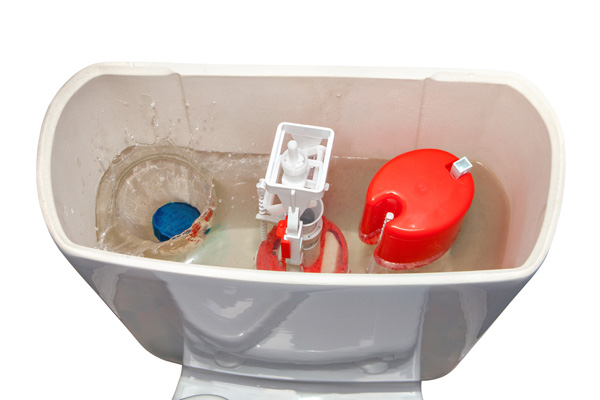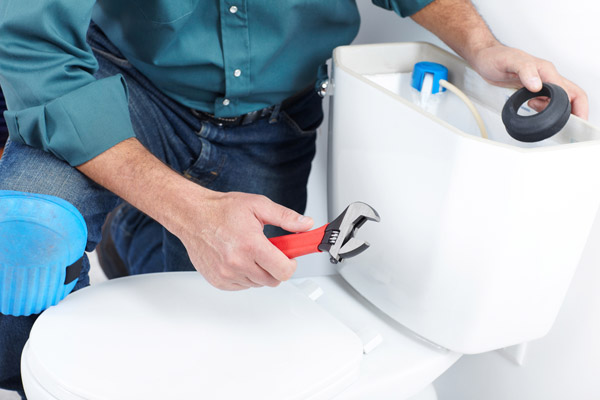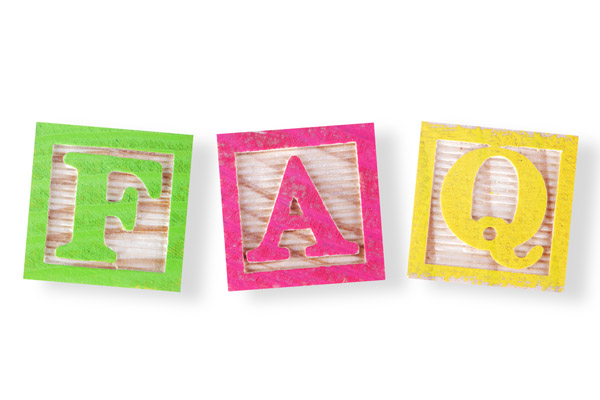
Modern toilets combine user-friendly design with internal complexity. While their external appearance suggests simplicity, the mechanisms inside the tank are intricate, typically unnoticed until a malfunction occurs. At such times, understanding these components becomes crucial. A brief examination of the toilet tank exposes various distinct parts, each serving a specific function. This article by Robinson Plumbing aims to demystify the inner workings of the toilet tank, enhancing your understanding of its operation.
How Does A Toilet’s Tank Work?
Contents [hide]
- 1 How Does A Toilet’s Tank Work?
- 2 Frequently Asked Questions About Toilet Tanks
- 2.1 What Materials Are Used To Make The Components Inside A Toilet Tank?
- 2.2 How Can I Prevent Common Toilet Tank Issues?
- 2.3 What Should I Do If My Toilet Continuously Runs?
- 2.4 Can Toilet Tank Components Be Easily Replaced At Home?
- 2.5 How Long Do Toilet Tank Components Typically Last?
- 2.6 How Does Hard Water Affect Toilet Tank Components?
- 2.7 Conclusion
- 3 Call Robinson Plumbing For Superior Plumbing Services
Keep reading to explore essential insights homeowners should understand about the functionality of toilet tanks.
Components Of A Toilet Tank

This system works without the need for external power by using gravity, buoyancy, and clever design that has been continuously refined over the past decades. Below is a short introduction to the internal components and their roles in the toilet’s flushing and refilling processes.
- Handle- The external component that we press to flush the toilet.
- Handle Arm- A long and slim interior stick that connects the handle to the chain.
- Chain- The one responsible for pulling up the flapper that covers the hole at the bottom of the tank.
- Flapper- Commonly a circular rubber item that seals the flush valve. When pulled up, water is released downwards thanks to gravity to flush waste.
- Flush Valve- The flush valve keeps the seal open to let water flow out unimpeded.
- Fill Valve- After the tank is emptied, the fill valve makes sure that the tank gets a fresh supply of water for the next flush.
- Refill Tube- A rubber tube that guides the water from the fill valve to the overflow tube and into the tank.
- Float Ball- The float ball gauges the water level by floating at the surface. It turns on the valve when there is no water and turns it off when there is a full tank.
- Overflow Tube- Prevents overflow if there is a component malfunction. Excess water is sent to the toilet bowl.
How Do You Flush Waste?

Flushing waste down the toilet can be done manually by pouring several gallons of water into the bowl. However, this requires a lot of effort and it can take a bit of time. It’s also a difficult task for small children, the elderly, and the disabled. A toilet tank makes the whole process easier by storing water directly on top of the bowl and making the liquid go down whenever necessary. All we see from the outside is the handle but we already know by now that there is so much more going on in the background. Below, we put this process all together:
Understanding the Basic Mechanics of a Toilet
The Flush Mechanism
When you press the flush handle, it lifts a chain or wire connected to the flush valve, also known as the flapper. This action allows water to flow from the tank into the toilet bowl. The rush of water washes the contents of the bowl down the drain through the S-trap, which remains filled with water to prevent sewer gases from entering the home.
Water Refill Cycle
After flushing, the tank needs to refill. As the water level in the tank drops, so does a float ball or cup attached to a float arm. This descent triggers the fill valve (sometimes referred to as a ballcock), which opens to allow fresh water to enter the tank and bowl. The fill valve remains open until the float rises enough to shut off the water flow at a predetermined level, ensuring the tank is ready for the next flush.
The Overflow Tube and Its Role
The overflow tube serves as a safety feature to prevent water from spilling over the tank if the fill valve fails to shut off. Should the water continue to rise above the safety mark, it drains into the overflow tube and down into the toilet bowl, averting potential overflows that could lead to water damage.
Enhancing Toilet Efficiency & Reducing Water Usage
Modern toilets often include features designed to enhance water efficiency, such as dual flush mechanisms that offer a choice between a full flush for solid waste and a reduced flush for liquid waste. This not only conserves water but also significantly reduces the household’s water usage over time. Understanding these components and their operation can help homeowners maintain their toilets effectively and make informed decisions about upgrades or repairs.
Frequently Asked Questions About Toilet Tanks
What Materials Are Used To Make The Components Inside A Toilet Tank?
Toilet tank components are typically made from a combination of plastic, rubber, and metal. These materials are chosen for their durability and resistance to corrosion, which is crucial given the constant exposure to water.
How Can I Prevent Common Toilet Tank Issues?
Regular maintenance is key to preventing toilet tank issues. This includes checking the integrity of the flapper and chain, ensuring the fill valve is functioning properly, and occasionally cleaning the tank to prevent mineral buildup.
What Should I Do If My Toilet Continuously Runs?
A continuously running toilet often indicates a problem with the flapper or the fill valve. Check these components for wear or misalignment. Replacing the flapper or adjusting the fill valve usually resolves the issue.
Can Toilet Tank Components Be Easily Replaced At Home?
Many toilet tank components, such as the flapper, chain, and float ball, can be replaced by a homeowner with advanced DIY skills. However, this is best left to a professional. Complex repairs or replacements, such as changing the fill valve, hiring a professional is advisable.
How Long Do Toilet Tank Components Typically Last?
With regular use, most toilet tank components can last several years. Components like the flapper may need to be replaced every 3 to 5 years due to degradation from constant water exposure.
How Does Hard Water Affect Toilet Tank Components?
Hard water can lead to mineral deposits on toilet tank components, which may hinder their function and lead to leaks or inefficiencies. Regular cleaning and occasionally using water softeners can mitigate these effects.
Conclusion
It’s fascinating to think about how some pieces of plastic, rubber, and metal can come together to make the modern toilet work smoothly. Just remember that the mechanical stress of repeated flushing can lead to breakdowns in different parts of the system. When this happens, you can contact your trusted local plumber to help you fix the issue.
Plumbers can diagnose the situation, find the problematic component, and formulate a plan to get things back to normal in a snap. Call immediately to avoid expensive leaks and keep the toilet working smoothly.
Call Robinson Plumbing For Superior Plumbing Services
Turn to Robinson Plumbing when you need dependable plumbing assistance throughout the Lehigh Valley, PA. Our company offers an extensive array of services, including drain cleaning, water heater installations, leak repairs, and more. Our services are tailored to meet your specific needs and budget. Benefit from our same-day emergency plumbing service, which is designed to address your urgent plumbing needs swiftly and economically.
Our proficient service is renowned throughout the Lehigh Valley, Pennsylvania. Our professionally certified plumbers ensure top-quality work and complete satisfaction. Contact Robinson Plumbing for a free consultation and discover our dedication to excellence.
Facing plumbing issues? Contact us now! Our skilled team is ready to resolve all your plumbing challenges.
Call us today at (610) 351-9889 or contact us for any questions that you might have! Click the link to view our service area.

Related Articles:
- Water Main Breaks: Causes, Consequences, & How to Respond
- Plumbing for Beginners: Understanding the Basics
- The Hidden Costs of DIY Plumbing: When to Call a Professional
- The Bidet Revolution: Exploring the Benefits and Advantages
- 7 Ways To Unclog Your Toilet Without A Plunger
- Can You Use Drain Cleaners In A Toilet?
- Tips On How To Find A Good Plumber

